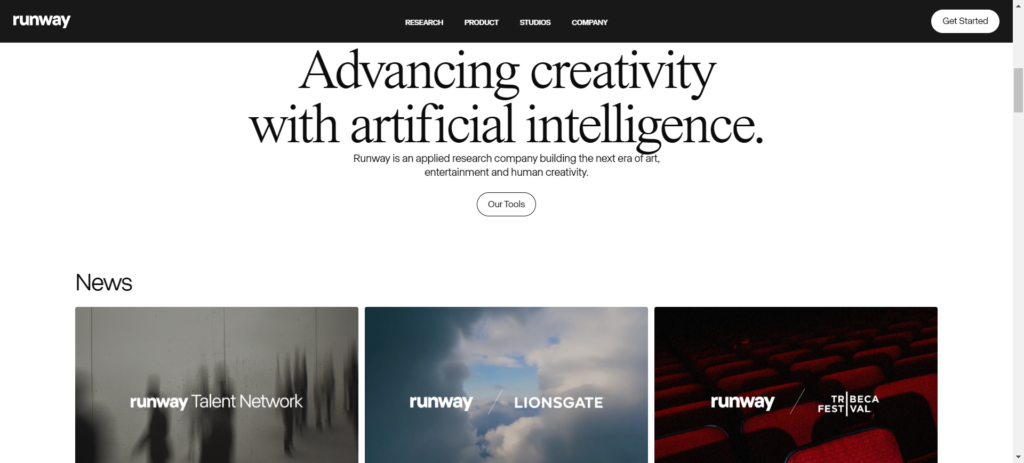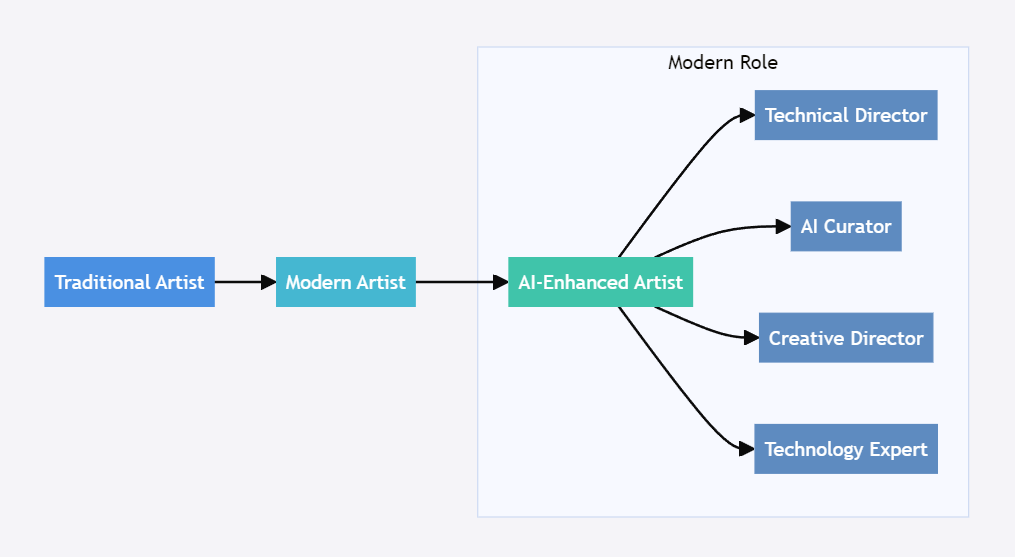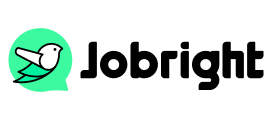Will AI Replace Artists? Exploring the Future of Art
Table of Contents
As Artificial Intelligence (AI) continues to make remarkable advancements, its influence across various industries has grown significantly. The art world is no exception, with AI increasingly being utilized in the creative process. This raises the inevitable question: “Will AI replace artists?“. While AI is undeniably changing the way art is created, it is unlikely to fully replace human artists. Instead, AI will serve as a valuable tool, enhancing creativity, boosting productivity, and facilitating new forms of artistic expression.
This article explores how AI is shaping the future of art, the impact it has on artistic careers, and whether AI can replace the deep emotional resonance that human artists bring to their work.

Can AI Replace Human Artists?
No, AI cannot replace human artists. AI can generate impressive art quickly using technologies like GANs and machine learning, with platforms like Runway ML enabling users to create art without needing traditional skills. However, AI is limited by the data it is trained on, meaning it can only replicate patterns from existing artworks, making it derivative rather than original. AI lacks emotional depth, intuition, and personal experience, which are key to human artistry. For instance, an AI-generated painting may mimic Van Gogh or Picasso’s style, but it can’t capture the emotional essence behind the original work.

While AI tools assist in the technical aspects of art creation, it is the human artist who imbues the work with meaning and originality. The emotional resonance, the personal narrative, and the cultural context that human artists bring to their creations are irreplaceable. AI can enhance art, but it cannot replace the emotional depth and intention that humans contribute to the creative process.
The Complementary Role of AI in Art
AI enhances the creative process by automating routine tasks like resizing images, color adjustments, and generating design ideas. This allows artists to focus on more personal aspects, such as storytelling and emotional depth.
For example, AI tools like Aiva assist musicians in composing classical music, but musicians still need to provide human input for emotional complexity. Similarly, visual artists use AI tools like DALL-E 2 and DeepArt to explore new aesthetics and push boundaries, enabling experimentation beyond manual techniques.
AI also helps artists overcome creative blocks by offering fresh perspectives or novel solutions, sparking new artistic directions. By complementing human creativity, AI contributes to a unique synergy that could drive the next wave of artistic evolution.
The Evolving Role of Artists in the AI Era
As AI technology continues to transform the art world, the role of artists is evolving. Artists are no longer confined to being mere creators of art; they are now taking on new roles, including technologists, curators, and even AI directors. These new responsibilities involve guiding AI outputs, making decisions on how AI-generated works align with the artist’s vision, and curating content to ensure the final product maintains authenticity.

For instance, some artists now act as directors for AI art projects, guiding the AI’s creative process to ensure the output aligns with their artistic vision. AI-generated works are often the result of an intricate back-and-forth between the artist and the machine. Artists may give input on initial parameters, adjust the system’s output, and provide final curation to ensure the artwork is meaningful.
Additionally, hybrid art forms are emerging that combine human and AI creativity in innovative ways. Musician Holly Herndon, for example, uses AI to create innovative vocal compositions, blending her own voice with machine-generated voices to create entirely new forms of music. Similarly, visual artists are using GANs to create hybrid works that blend the spontaneity and emotional depth of human creativity with the precision and adaptability of AI technology. These new art forms illustrate how artists are adapting to the changing landscape by merging human intuition with machine-generated ideas.
Thus, rather than displacing artists, AI is redefining their role, giving rise to a new generation of hybrid creatives who embrace both technology and traditional art forms. The future of art will require artists to blend creativity with technology, adapting their skills to harness the potential of AI while retaining their unique voice and perspective.
Ethical and Legal Implications of AI in Art
As AI reshapes the art world, artists are expanding their roles beyond creators to include technologists, curators, and even AI directors. These new responsibilities involve guiding AI outputs, ensuring alignment with their vision, and curating content to preserve authenticity.
For example, some artists now direct AI projects, adjusting outputs and refining them to maintain meaningful artistry. Hybrid art forms are also emerging, where human and AI creativity merge, such as musician Holly Herndon’s vocal compositions blending human and machine-generated voices, or visual artists using GANs to create emotionally rich yet precise works.
Rather than replacing artists, AI is redefining their roles and fostering a generation of hybrid creatives who combine technology and tradition. The future of art will require artists to blend creativity with technology, adapting to the potential of AI while retaining their unique voices.
The Future of Art in an AI-Driven World
Looking ahead, the future of art will likely be characterized by a synergistic relationship between human creativity and artificial intelligence. While AI can automate the technical aspects of art creation—such as color correction or style adaptation—it cannot replace the emotional resonance, intuition, and storytelling that human artists bring to their work. Human artists will remain integral to the art world because they are capable of creating work that resonates on an emotional level with audiences.
AI will undoubtedly expand the possibilities for artistic expression, enabling artists to explore new techniques, break boundaries, and experiment with innovative ideas. However, AI cannot replicate the personal and cultural context that human artists embed in their work. As AI becomes more adept at generating art, it will provide artists with new tools for creative exploration, but it will not replace the core elements that define human art.
Bonus Tips: Using AI to Find Artistic Job Opportunities
For artists looking to expand their careers, Jobright.ai offers an AI-powered job search platform designed to simplify the job-hunting process. With access to over 8 million job listings and advanced matching technology, Jobright helps artists find the most relevant job opportunities quickly and efficiently. The platform provides tools like resume optimization, networking connections, and 24/7 AI support to guide job seekers through the process. By leveraging AI, Jobright ensures that artists can connect with potential employers more effectively and land interviews faster.
Struggling to Craft Your Story?
Get Personal Cover Letter Tips on Jobright.ai
Leverage Our AI Co-pilot Orion and receive personalized cover letter inspiration for every position
Try Orion for FREEConclusion
In conclusion, AI is not poised to replace artists but will serve as a tool that enhances their work. AI can automate specific tasks and generate art, but it cannot replicate the emotional depth, intuition, and original perspective that artists bring to their creations. Rather than viewing AI as a competitor, artists should embrace it as a means to expand their creative potential. The future of art lies in collaboration between human artists and AI, where both can work together to explore new artistic possibilities while maintaining the irreplaceable human touch that defines true art.

